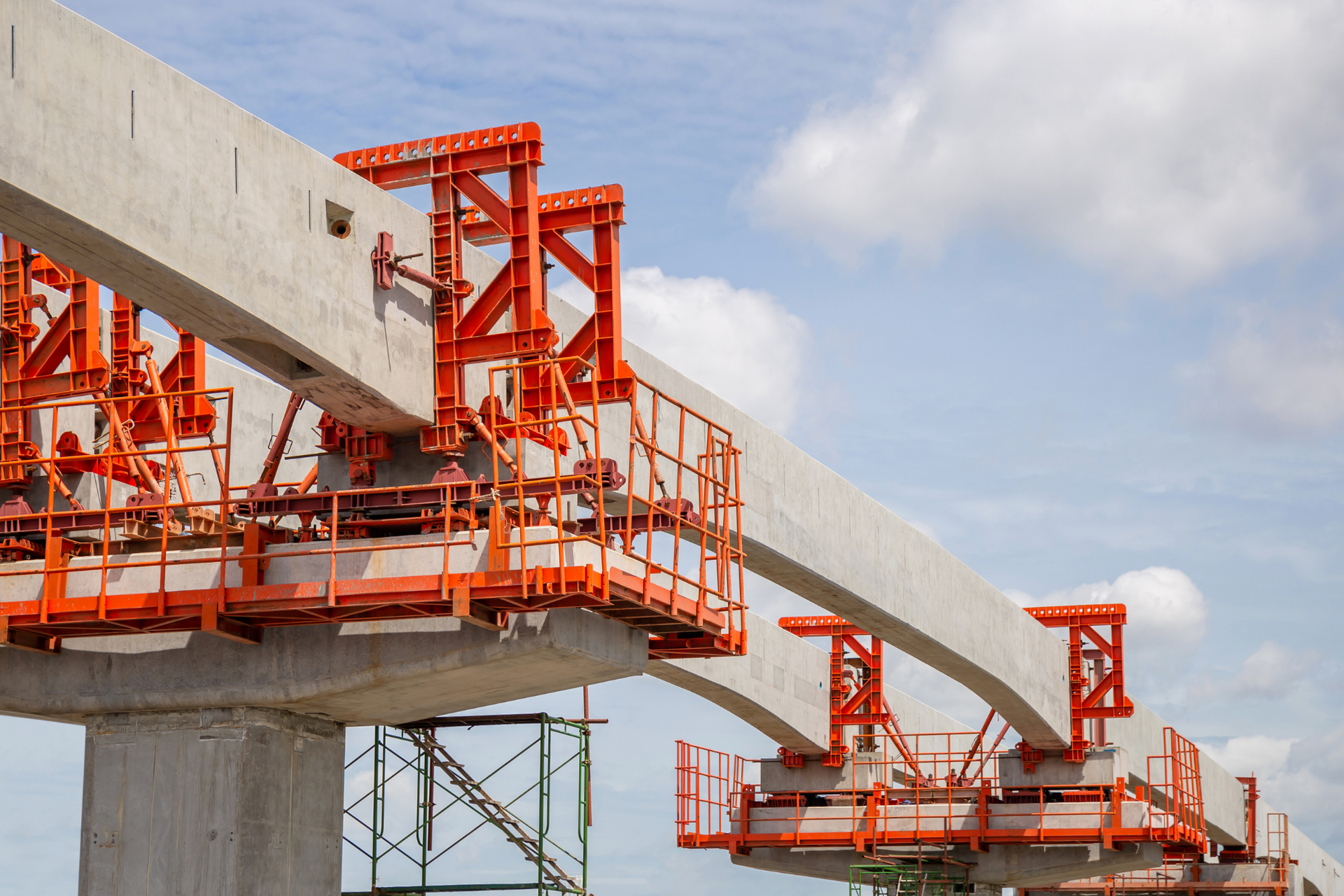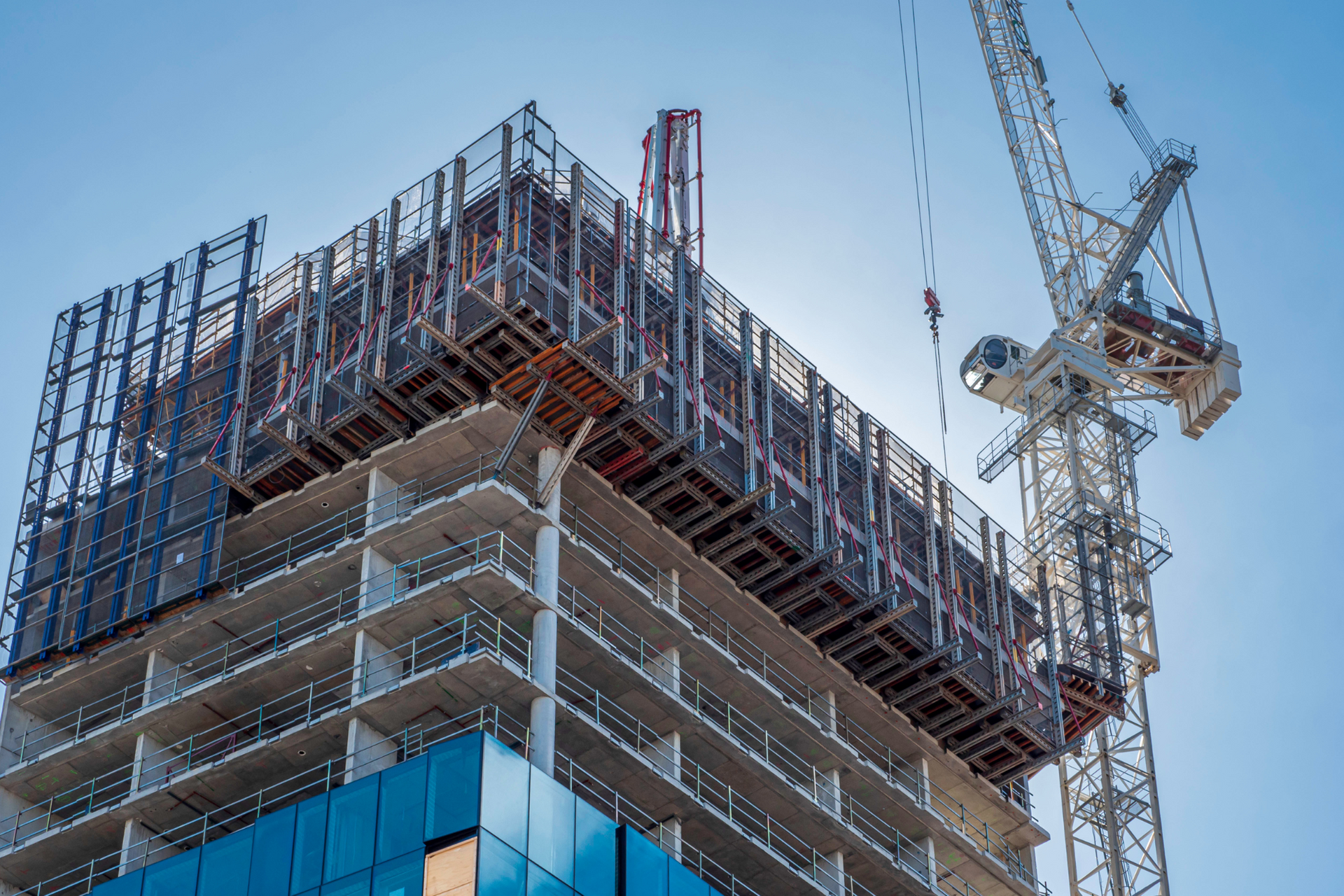Sourcing the top talent within
The Built Environment.
At Fetch, we provide opportunities that positively impact the lives of others.
11k
Candidates placed into roles
4.8✰
Google review score
300k
Growing talent pool
11k
Candidates placed into roles
4.8✰
Google review score
300k
Growing talent pool











